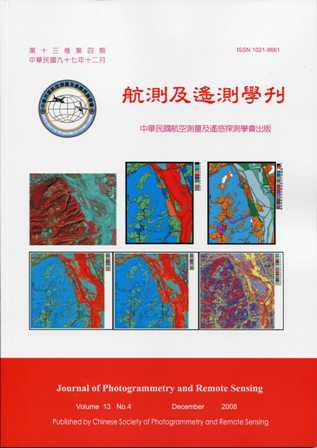The main purpose of this study was to assess the effect of ecosystem classification systems at various scales on environmental parameters using remote sensing techniques. The processes included applying hybrid classification to generate a land-use map of the north Taiwan using Landsat-5 TM image in 1995; using the DTM and the SEBAL model to calculate 16 environmental parameters and compare the differences among different land-use types; and assessing the effects of 2 ecosystem classification systems (i.e., geographic climate method and watershed division method) at various scales on environmental parameters using stepwise discriminant analysis. The results indicated that the study area was classified into 7 land-use types. They were forest-land, building, farm-land, baring farm-land, water body, cloud, and shadow. The Comparison of 16 environmental parameters among 5 land-use types (excluding cloud and shadow) showed that forestland had higher value with cosine of solar incidence angle, twenty-four hour extraterrestrial radiation, net radiation, normalized difference vegetation index, emissivity, estimating friction velocity, surface roughness for momentum transport, sensible heat flux, soil heat flux, evapotranspiration, and had lower value with transmittance, air density, surface albedo, surface albedo at the top of atmosphere, aerodynamic resistance to heat transport, surface temperature. As for assessing the effect of 2 ecosystem classification systems at various scales on environmental parameters, the result pointed out that ecosystem classification systems at various scales indeed caused the variation of environmental parameters according to the selected parameters and the number of parameters for discriminating 5 land-use types. However, among environmental parameters, normalized difference vegetation index and emissivity were the most important factors regardless of ecosystem classification systems at various scales.
